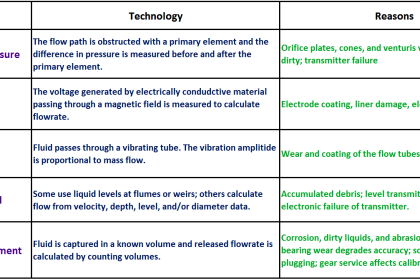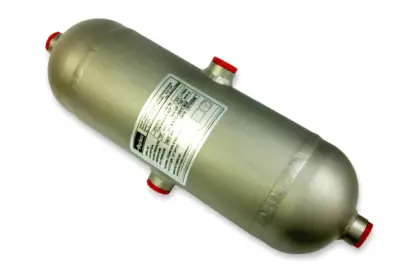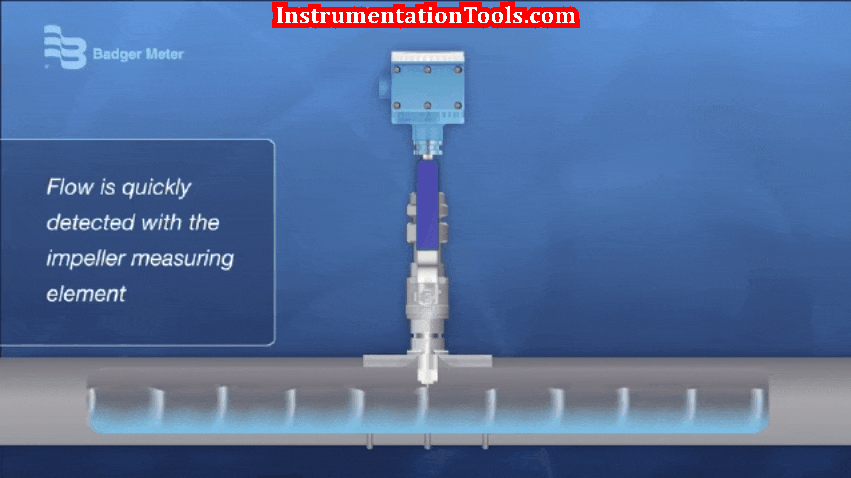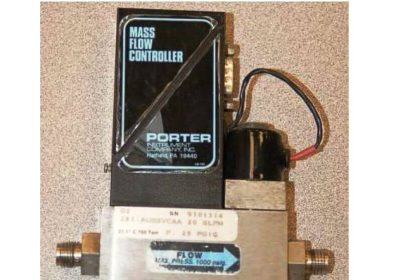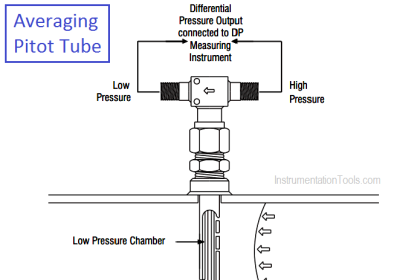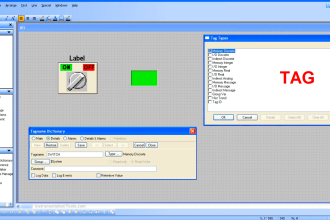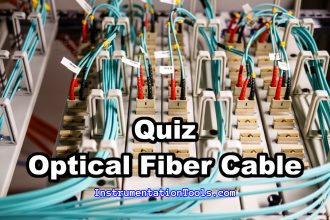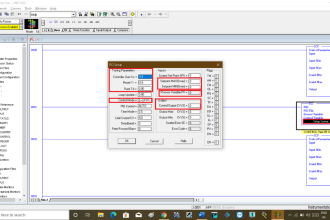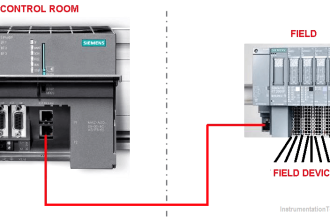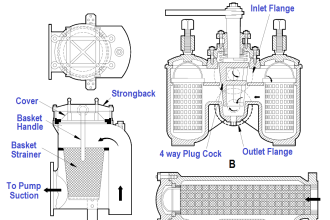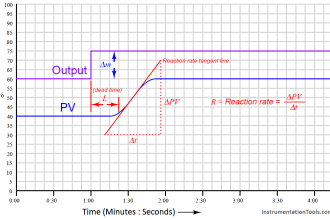Even though a Coriolis flowmeter inherently measures mass flow rate, the continuous measurement of fluid density allows the meter to calculate volumetric flow rate if this is the preferred means of expressing fluid flow.
Coriolis Flowmeter
The relationship between mass flow (W), volumetric flow (Q), and mass density (ρ) is quite simple:

All the flowmeter’s computer must do to output a volumetric flow measurement is take the mass flow measurement value and divide that by the fluid’s measured density.
A simple exercise in dimensional analysis (performed with metric units of measurement) validates this concept for both forms of the equation shown above:

Coriolis mass flowmeters are very accurate and dependable. They are also completely immune to swirl and other fluid disturbances, which means they may be located nearly anywhere in a piping system with no need at all for straight-run pipe lengths upstream or downstream of the meter.
Their natural ability to measure true mass flow, along with their characteristic linearity and accuracy, makes them ideally suited for custody transfer applications (where the flow of fluid represents a product being bought and sold).
The American Gas Association (AGA) formalized the use of Coriolis mass flowmeters for the measurement of natural gas with their Report #11. This standard is equivalent to AGA #3 for orifice meters, AGA #7 for turbine meters, and AGA #9 for ultrasonic meters.
Perhaps the greatest disadvantage of Coriolis flowmeters is their high initial cost, especially for large pipe sizes. Coriolis flowmeters are also more limited in operating temperature than other types of flowmeters and may have difficulty measuring low-density fluids (gases) and mixed-phase (liquid/vapor) flows.
The bent tubes used to sense process flow may also trap process fluid inside to the point where it becomes unacceptable for hygienic (e.g. food processing, pharmaceuticals) applications.
Straight-tube Coriolis flowmeter designs, and designs where the angle of the tubes is slight, fare better in this regard than the traditional U-tube Coriolis flowmeter design.
However, a disadvantage of straight tubes is that they are stiffer than U-shaped tubes, so straight-tube Coriolis flowmeters tend to be less sensitive to low flow rates than their U-tube counterparts.
Advantages of Coriolis Mass Flowmeters
- True mass flow measurement
- Additional temperature and density measurements
- Very high accuracy for mass flow measurements
- Highly accurate density measurement
- Unaffected by pressure, temperature, and viscosity
- No inlet and outlet sections required
- Operates in both flow directions (forward and reverse)
- Measuring range settings can be optimized for flow rate and density
- Self-draining
Disadvantages of Coriolis Mass Flowmeters
- Affected by gas inclusions
- Vibration sensitive when improperly installed
- Limited choice of materials
- Nominal diameter is limited at the top
If you liked this article, then please subscribe to our YouTube Channel for Instrumentation, Electrical, PLC, and SCADA video tutorials.
You can also follow us on Facebook and Twitter to receive daily updates.
Read Next:
- Mass Flow Calculations
- Flow Meter Calibration
- Coriolis Meter Uncertainty
- Magnetic Flow Meter Principle
- Pressure Flow Meter Theory
